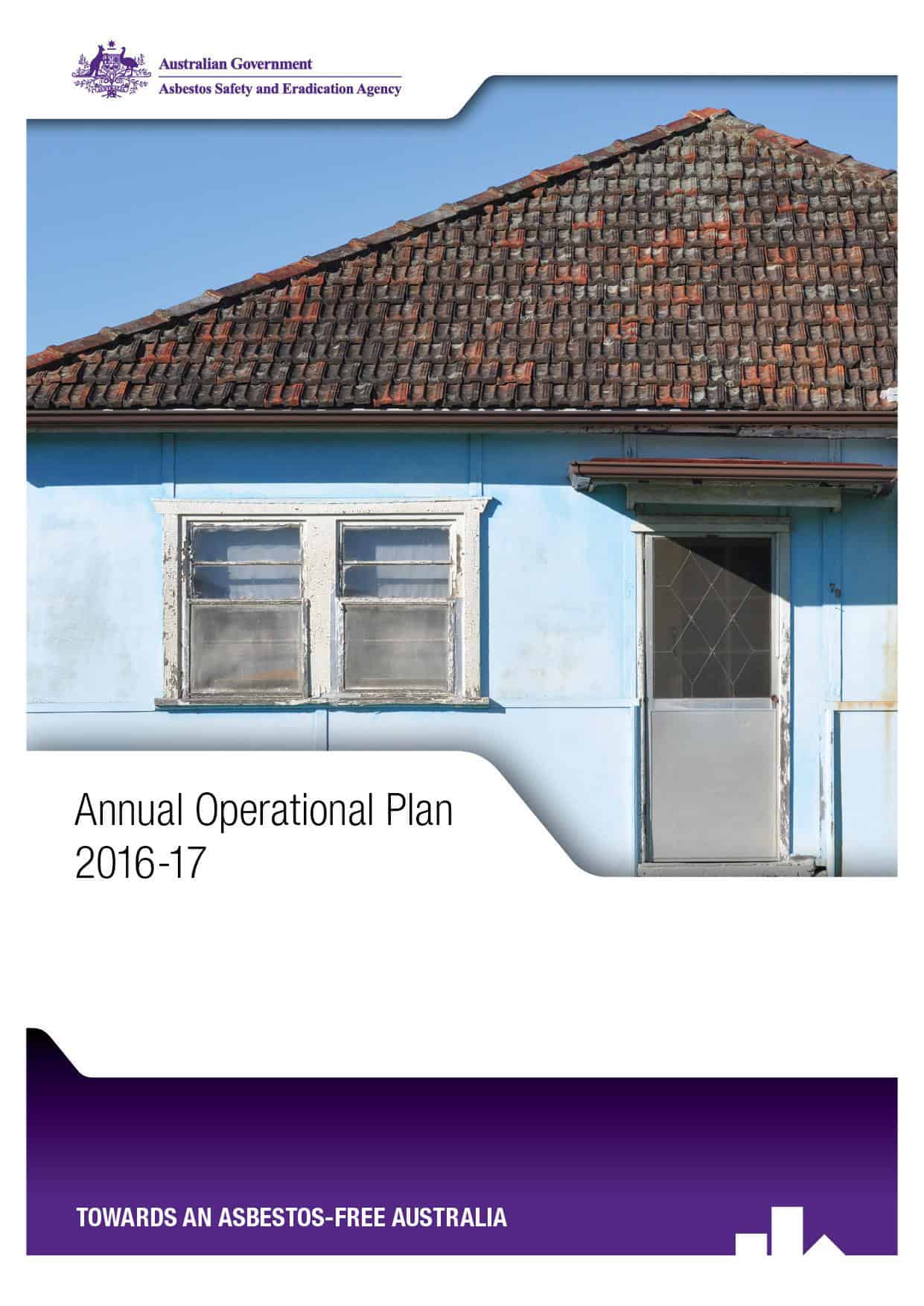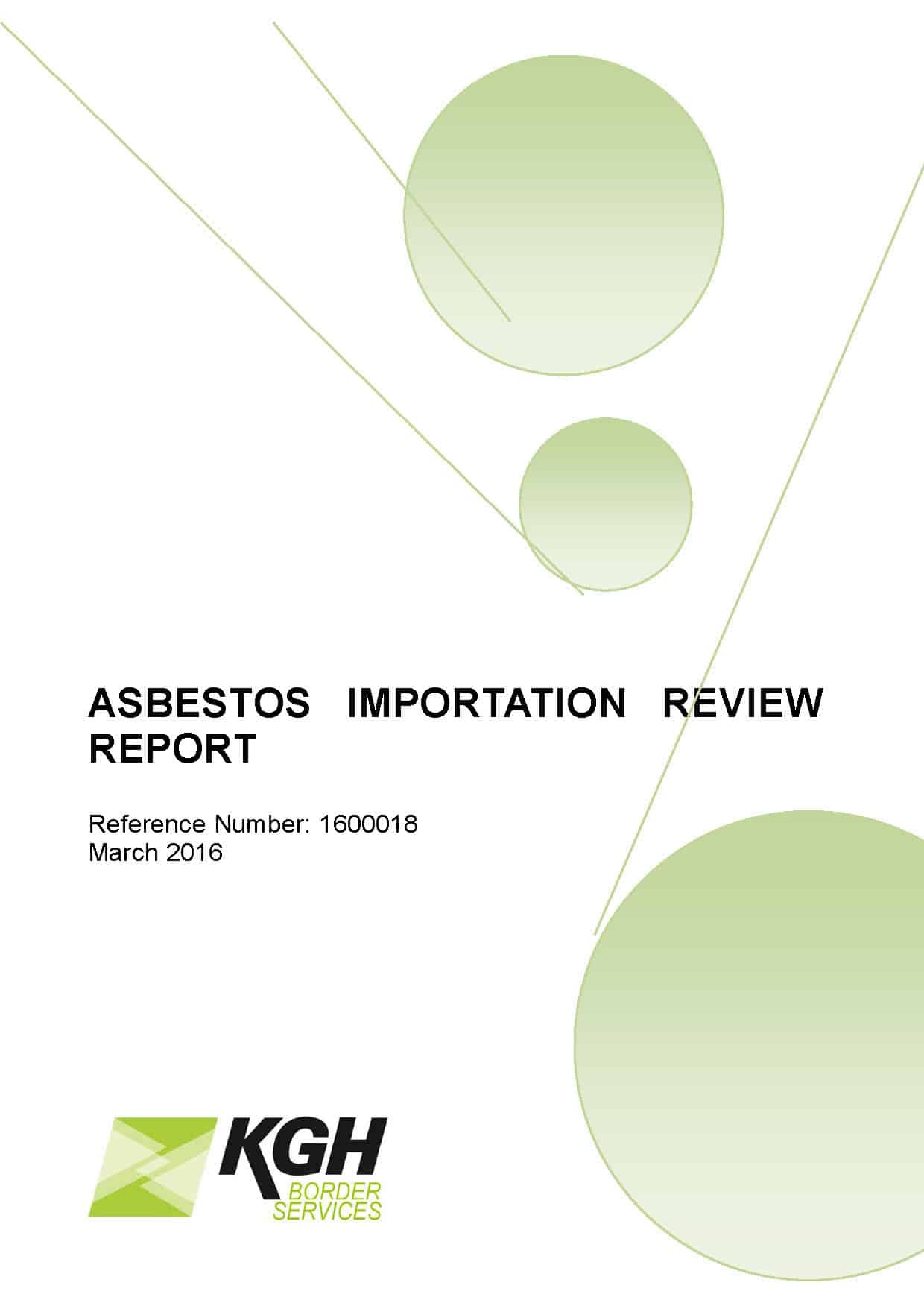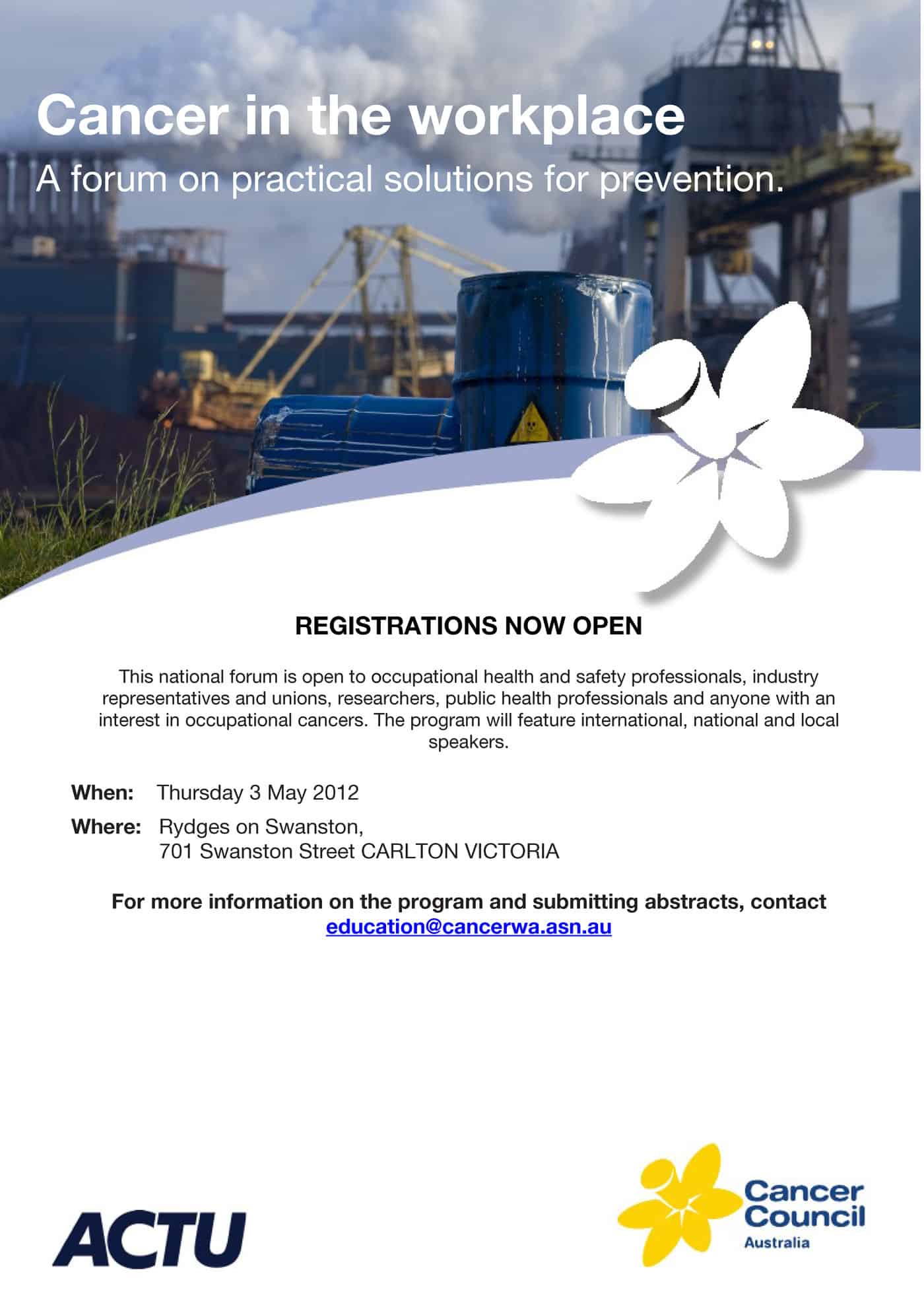 Professor Lin Fritschi is a cancer epidemiologist with a particular interest in occupational causes of cancer. Lin’s work often pops up in the occupational health and safety (OHS) sector and research journals but SafetyAtWorkBlog has never met her and wondered what she thought about OHS.
Professor Lin Fritschi is a cancer epidemiologist with a particular interest in occupational causes of cancer. Lin’s work often pops up in the occupational health and safety (OHS) sector and research journals but SafetyAtWorkBlog has never met her and wondered what she thought about OHS.
This article is the latest in the series of hearing different voices from academics and prominent workplace safety people.



 The
The 
